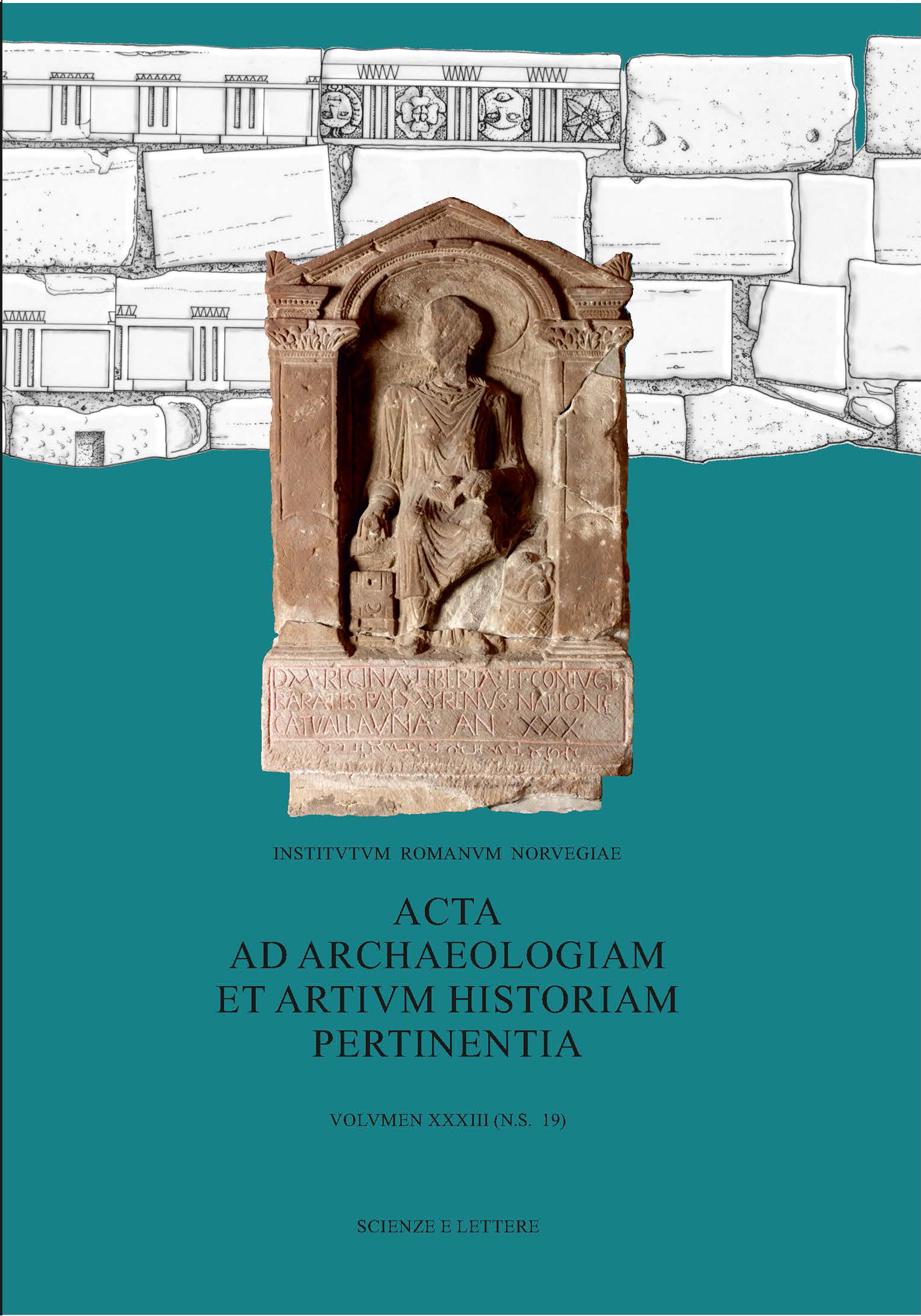Pagan iconoclasts? Some case studies from Roman Burgundy during Late Antiquity
DOI:
https://doi.org/10.5617/acta.10436Emneord (Nøkkelord):
re-carving, symbolic re-carving, Roman Burgundy, Late AntiquitySammendrag
This paper examines case studies from Roman Burgundy involving suspected symbolic recarving during Late Antiquity. Is it possible that religious desecration took place before the Theodosian Codex, and if so, why? Can we differentiate them from cases of wanton violence? The ambiguous cases found at the “Sources de la Seine” sanctuary (Côte-d'Or) and Entrains-sur-Nohain (Nièvre) help demonstrate the methodological difficulties involved in understanding the destruction of ancient sculptures. Through an investigation of selected examples from Sainte-Pallaye, Escolives-Saintes-Camille, and Sens (Yonne), we see that while desecration was a reality, the variety of methods employed were linked to the destination of the mutilated sculpture, as well as local customs and legal contexts.
On cover:
Late Roman wall, the portion immediately south of the West Gate (Porta Oea) with re-used blocks from first-century mausolea (Drawing by Francesca Bigi) and Tombstone of Regina from South Shields (Arbeia) (Tyne and WearArchives and Museums/ Bridgeman Images).
E-ISSN (online version) 2611-3686
ISSN (print version) 0065-0900
Nedlastinger
Publisert
Hvordan referere
Utgave
Seksjon
Lisens
Opphavsrett 2023 This work is licensed under a Creative Commons Attribution-NonCommercial 4.0 International License.

Dette verket er lisensiert under Creative Commons Attribution-NonCommercial-NoDerivatives 4.0 International License.

This work is licensed under a Creative Commons Attribution-NonCommercial 4.0 International License.
Authors who publish with this journal agree to the following terms:
- Authors retain copyright and grant the journal right of first publication with the work simultaneously licensed under a Creative Commons Attribution License that allows others to share the work with an acknowledgment of the work's authorship and initial publication in this journal.
- Authors are able to enter into separate, additional contractual arrangements for the non-exclusive distribution of the journal's published version of the work (e.g., post it to an institutional repository or publish it in a book), with an acknowledgement of its initial publication in this journal.
- Authors are permitted and encouraged to post their work online (e.g., in institutional repositories or on their website) prior to and during the submission process, as it can lead to productive exchanges, as well as earlier and greater citation of published work (See The Effect of Open Access).





